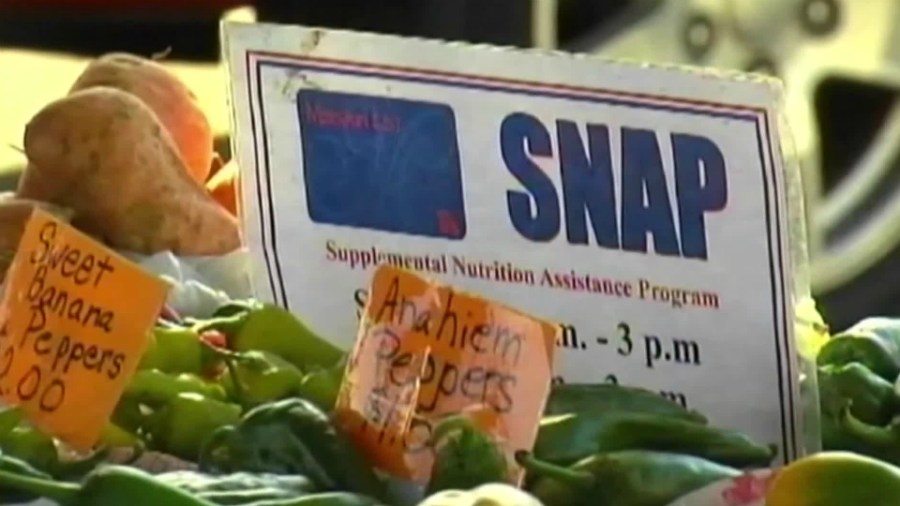HONOLULU (KHON2) — Hawai‘i Foodbank is launching emergency food distributions across O‘ahu as the state faces one of its worst hunger crises in years.
The move comes as the ongoing federal shutdown threatens Supplemental Nutrition Assistance Program (SNAP) benefits for more than 163,576 Hawai‘i residents. That’s more than 11% of the state’s population, and it’s a 5% increase from 2024.
The Hawaiʻi Foodbank said that nearly one in three households in Hawai‘i now struggle with food insecurity. With thousands of federal employees, service members and contractors missing paychecks, the pressure on local food systems is growing fast.
“Whether you’re navigating a temporary furlough or facing longer-term uncertainty, you don’t have to go through it alone,” said Amy Miller, president and CEO of Hawai‘i Foodbank. “We are actively sourcing additional food, coordinating with partners and expanding our reach to ensure families don’t go hungry, especially those who are impacted for the first time.”
And the federal workforce that lives in the islands who haven’t received a pay check in nearly a month aren’t included in these numbers. They add a significant burden to the rising crisis.
So, here’s what Hawaiʻi Foodbank is doing to stand in the gap.
Expanding community support
New pop-up sites are being added across O‘ahu to reach communities most affected by the shutdown.
Confirmed distributions include:
- The Pantry in Kalihi on Mondays from 9:30 a.m. to noon.
- The Armed Services YMCA ‘Ohana Open Market at Joint Base Pearl Harbor-Hickam on Wednesday, Nov. 6, from 1 p.m. to 3 p.m.
Other sites are being planned near federal workplaces include:
- Honolulu Airport, Tripler Hospital.
- Ford Island.
- Prince Kuhio Federal Building.
These efforts expand on the Foodbank’s regular network of food pantries, soup kitchens and ‘Ohana Produce Plus distributions on O‘ahu and Kaua‘i.
Neighbor island support continues through Maui Food Bank and The Food Basket on Hawai‘i Island.
Each week, Hawai‘i Foodbank distributes nearly 500,000 pounds of food. That’s the equivalent of more than 400,000 meals.
To meet rising demand, the organization has already ordered an additional 673,000 pounds of food, or 17 containers, representing a $500,000 investment.
A growing need
SNAP, known locally as food stamps, serves about 162,000 Hawai‘i residents across 85,000 households.
With an average benefit of $343 per person per month, the program provides roughly $58 million in monthly food purchasing power. Any delay in benefits could create a gap too large for food banks alone to fill.
“At a systems level, our goal is to ensure equitable access to nutritious food through every stage of this crisis,” Miller said. “We are currently distributing nearly 500,000 pounds of healthy food each week and no cost to our partners, including schools, community centers, places of worship and nonprofits. But we will need help in order to meet the elevated need and continue to create solutions for long-term food security.”
Community action
Hawai‘i Foodbank is calling on individuals, civic groups and local companies to join the effort. Volunteers are especially needed to help pack food boxes and staff distribution sites.
Those in need can click here to find nearby food distributions, sign up to volunteer or make a donation.
As the uncertainty continues, Hawai‘i Foodbank’s message remains clear: no one in Hawai‘i should face hunger alone.
